The official government of the Republic of China (the second Guangdong government) is established on Saturday, April 2, 1921. Sun Yat-sen reorganized the military government that he had organized in Guangzhou in November of the previous year, and became the President at the Emergency Diet, sharpening his stance against the Beijing government. Although Sun Yat-sen claimed to be the only government representing North and South China, other countries did not approve. Sun Yat-sen remained in power as a local government. Wang Zhao Ming makes his first appearance on the political stage as director of education (chairman of education in Guangdong Province).


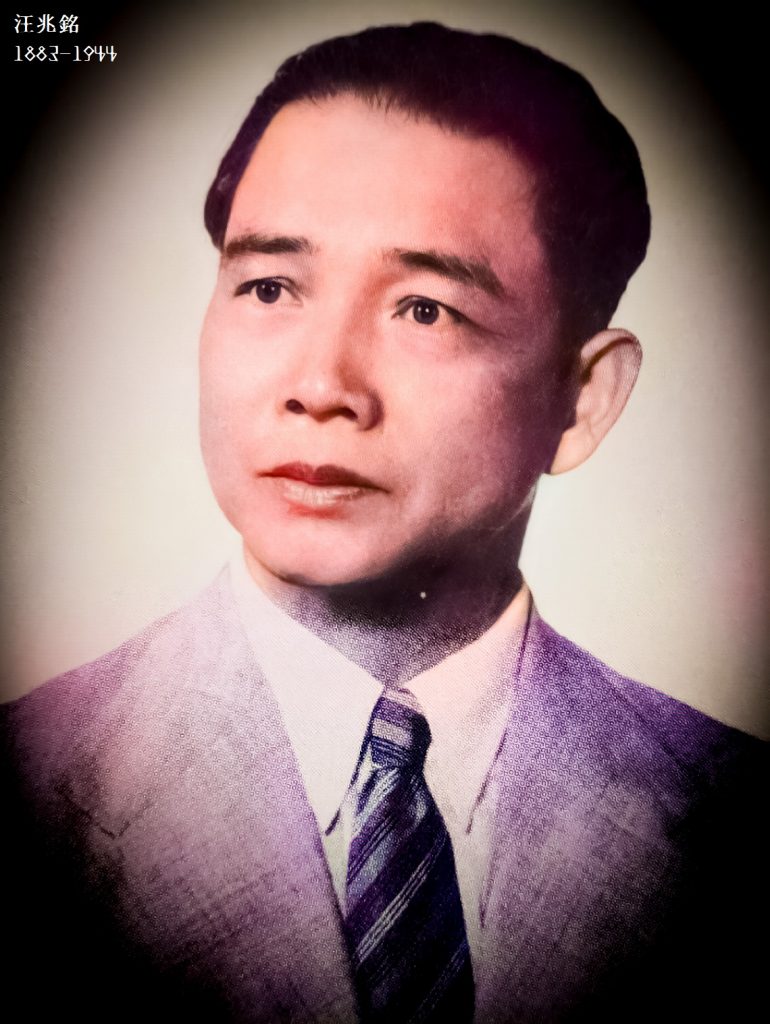
Wang Zhaoming supported Sun Yat-sen as his closest aide, and upon Sun Yat-sen’s death in March 1925, he wrote down Sun Yat-sen’s famous last will and testament: “The revolution has not yet succeeded, but all comrades should make every effort. At the end of the will, the scribe Wang Jingwei (Zhao Ming) signed at the head, followed by Song Zhiwen, Sun Kehua, Wu Wenhui, and He Xiangjiu as attesters.
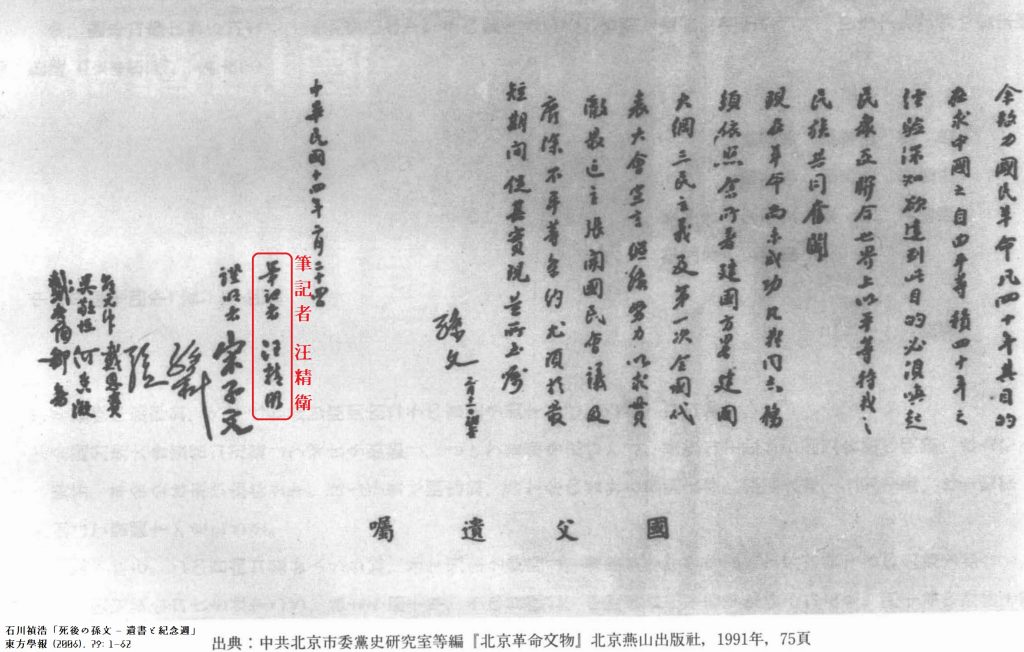
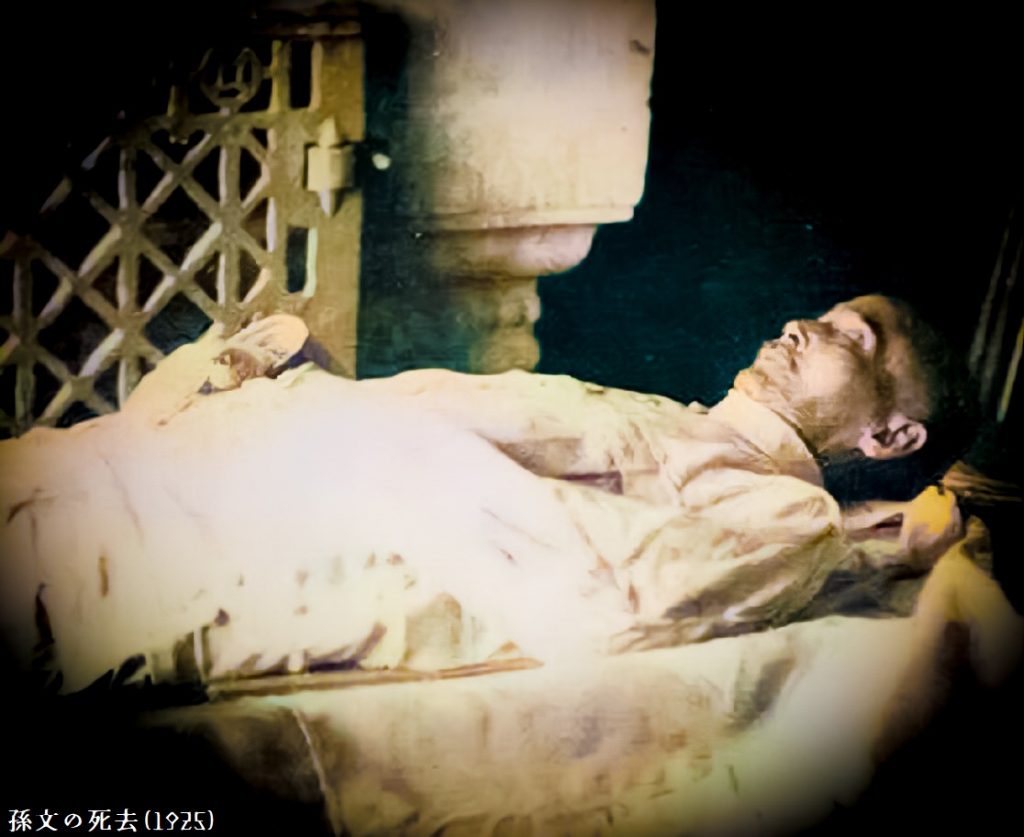
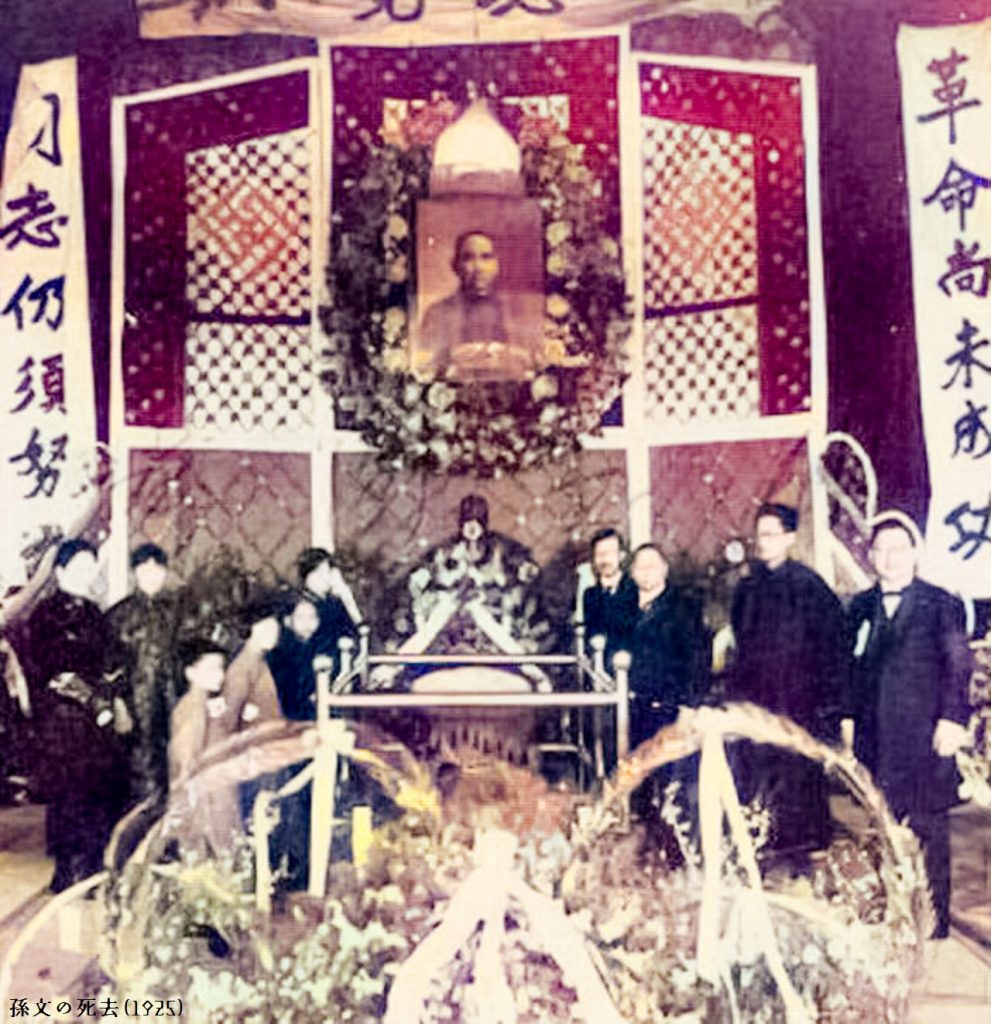
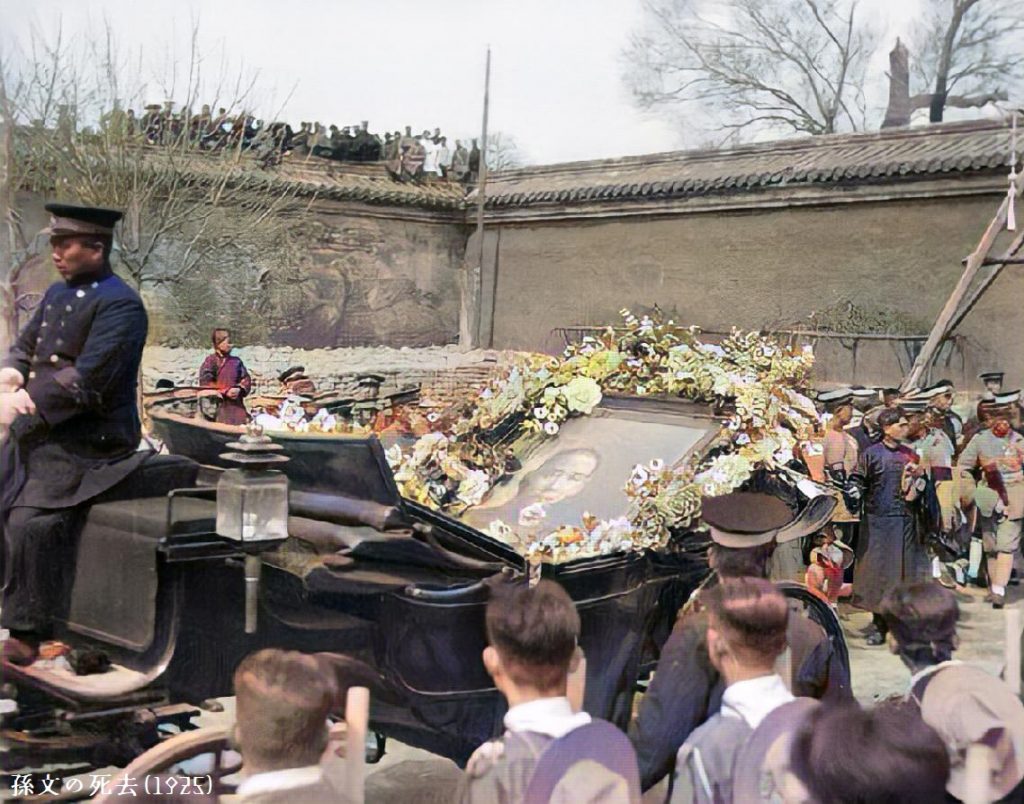
Unosuke Ota, a leading journalist in China at the time, visited Guangzhou around this time. Ota was born in Himeji City in 1891 (Meiji 24) and went to China in 1916 (Taisho 15) while studying at Waseda University, where he worked under Sun Yat-sen and joined the Third Revolution aiming to overthrow Yuan Shikai. After returning to Japan, he joined the Osaka Asahi Shimbun. After returning to Japan, he joined the Osaka Asahi Shimbun and led the debate on China at that time.
I would like to read a part of the article titled “Seeing New Guangdong,” which was published three times in the Tokyo Asahi Shimbun and the Osaka Asahi Shimbun under his signature. It should be noted that the name of Ota, who was still a novice, was not well known even within the Asahi Shimbun, and the second article was misprinted as Unokichi Ota.
I think this article shows the relationship of trust between Ota and Sun Yat-sen, such as the interview with Sun Yat-sen to draw out his true intentions.
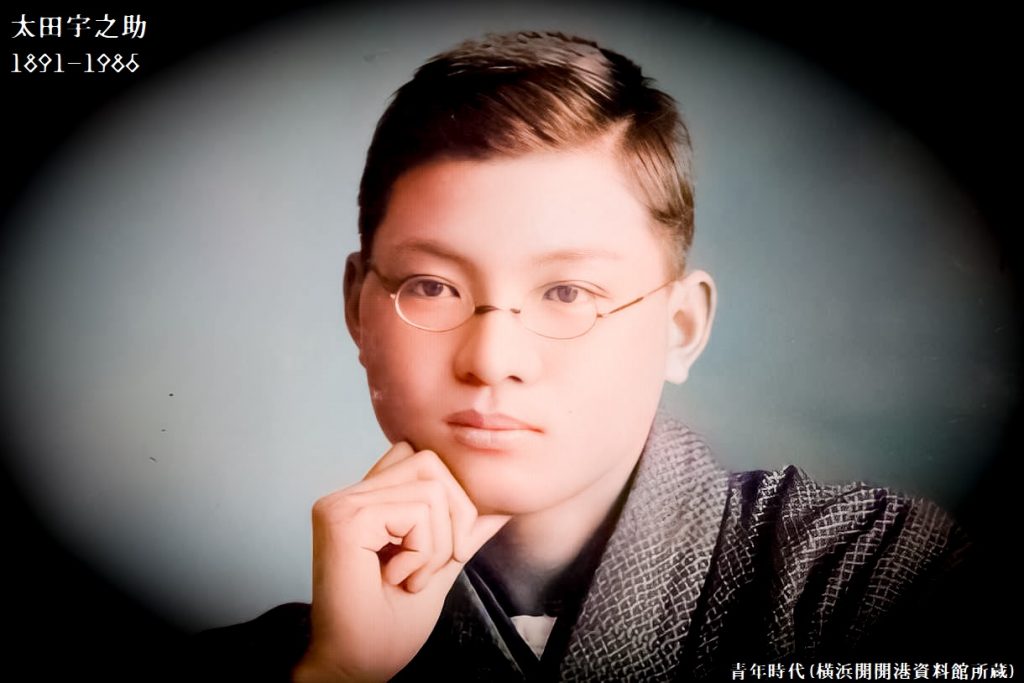
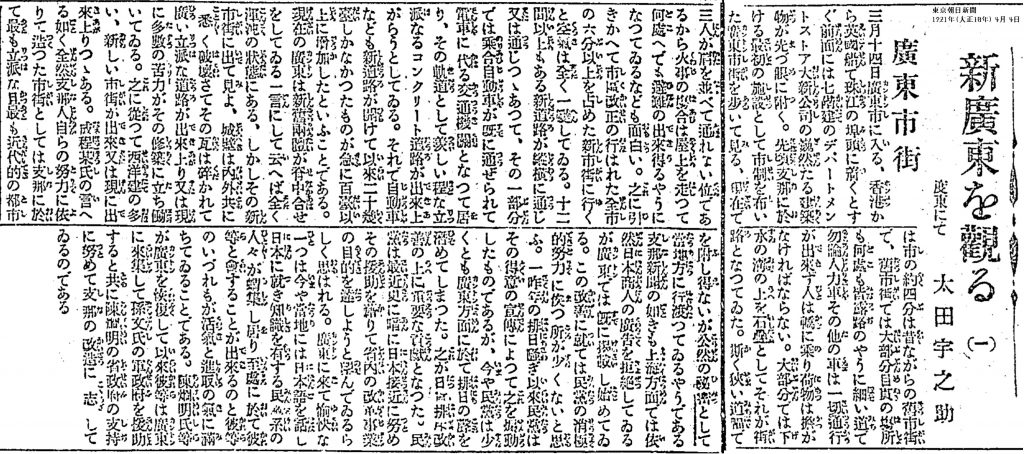



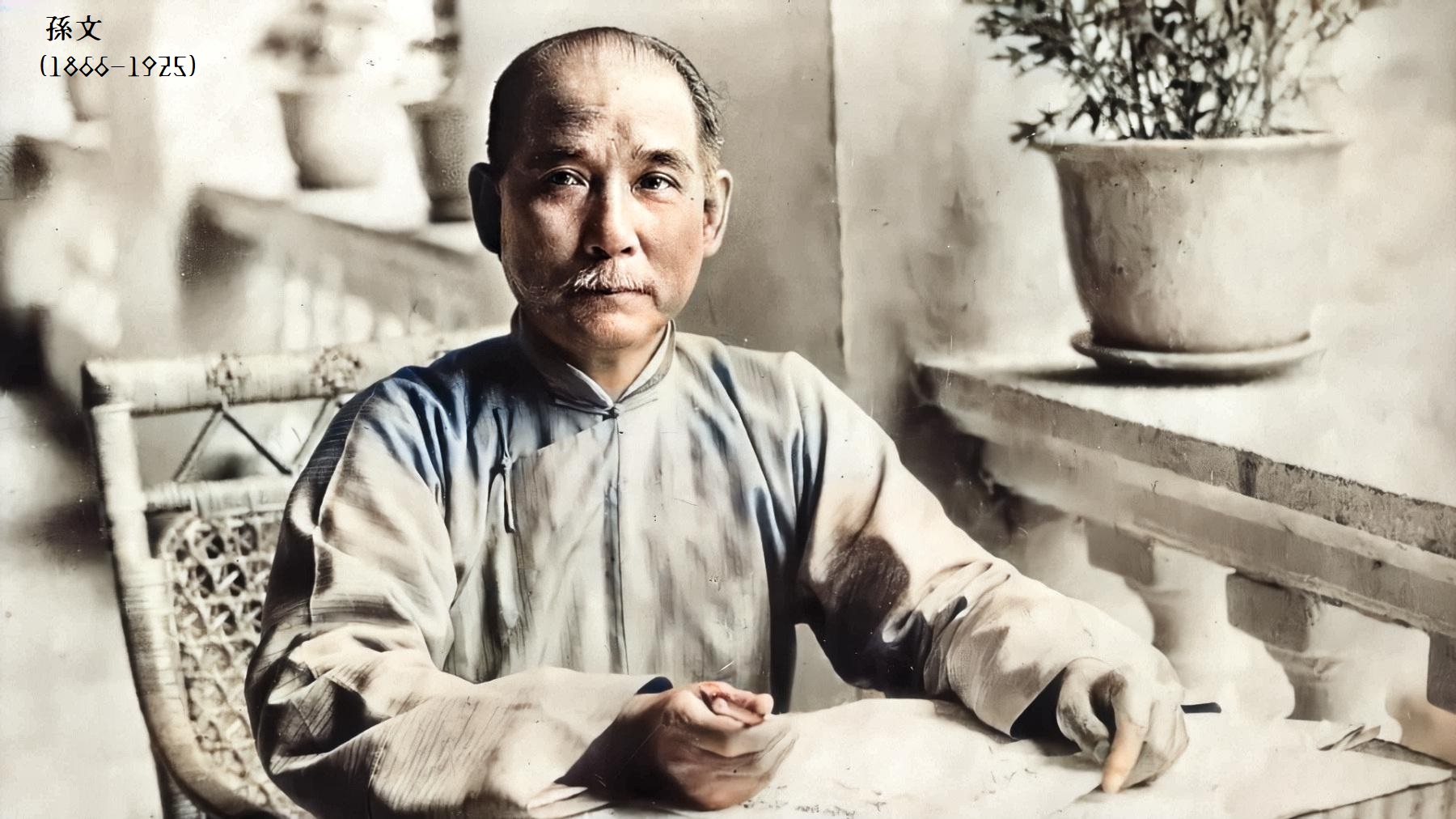
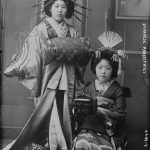
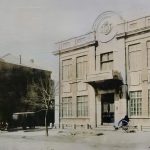
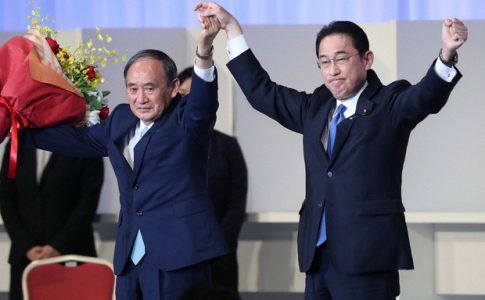
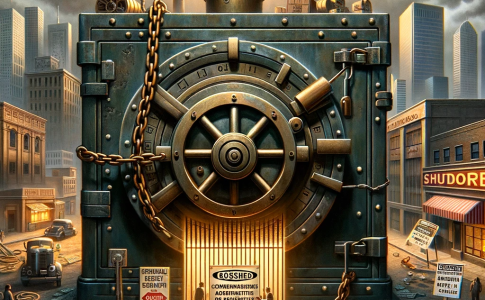
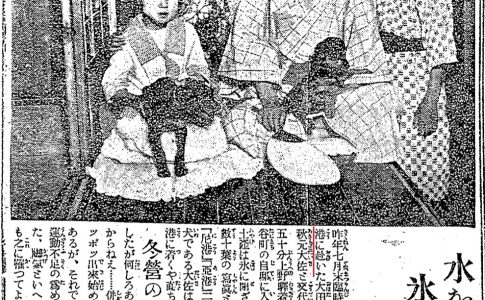
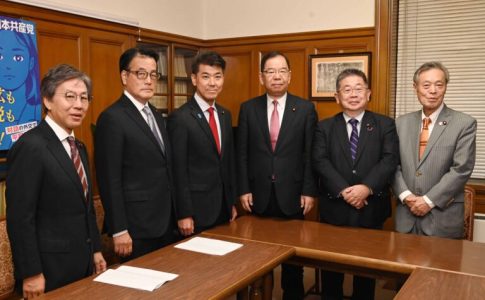
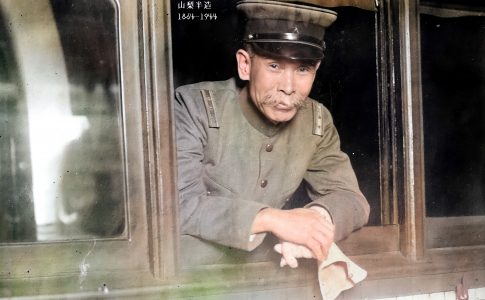
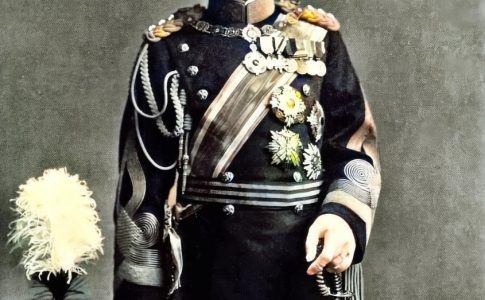
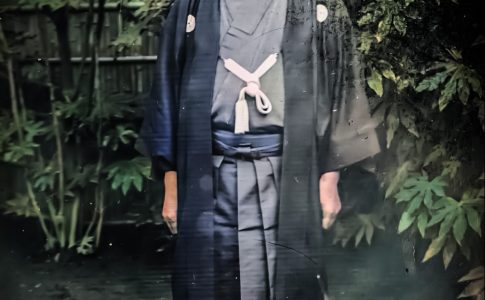
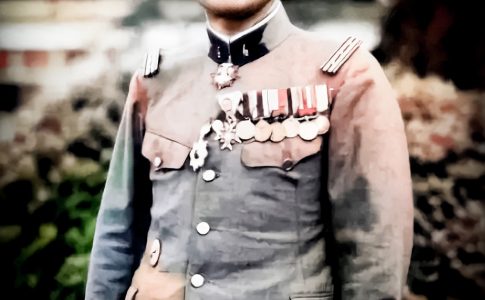
Leave a Reply